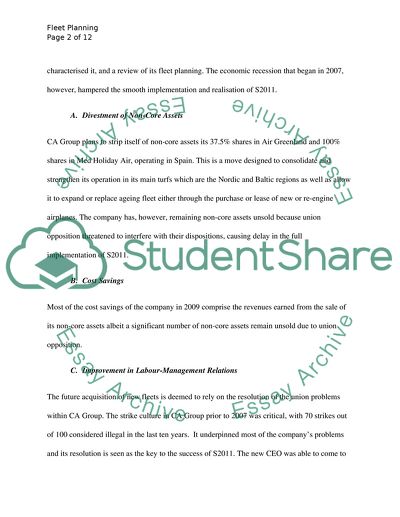Cite this document
(Fleet Planning Term Paper Example | Topics and Well Written Essays - 2500 words, n.d.)
Fleet Planning Term Paper Example | Topics and Well Written Essays - 2500 words. Retrieved from https://studentshare.org/engineering-and-construction/1741513-fleet-planning
Fleet Planning Term Paper Example | Topics and Well Written Essays - 2500 words. Retrieved from https://studentshare.org/engineering-and-construction/1741513-fleet-planning
(Fleet Planning Term Paper Example | Topics and Well Written Essays - 2500 Words)
Fleet Planning Term Paper Example | Topics and Well Written Essays - 2500 Words. https://studentshare.org/engineering-and-construction/1741513-fleet-planning.
Fleet Planning Term Paper Example | Topics and Well Written Essays - 2500 Words. https://studentshare.org/engineering-and-construction/1741513-fleet-planning.
“Fleet Planning Term Paper Example | Topics and Well Written Essays - 2500 Words”, n.d. https://studentshare.org/engineering-and-construction/1741513-fleet-planning.


